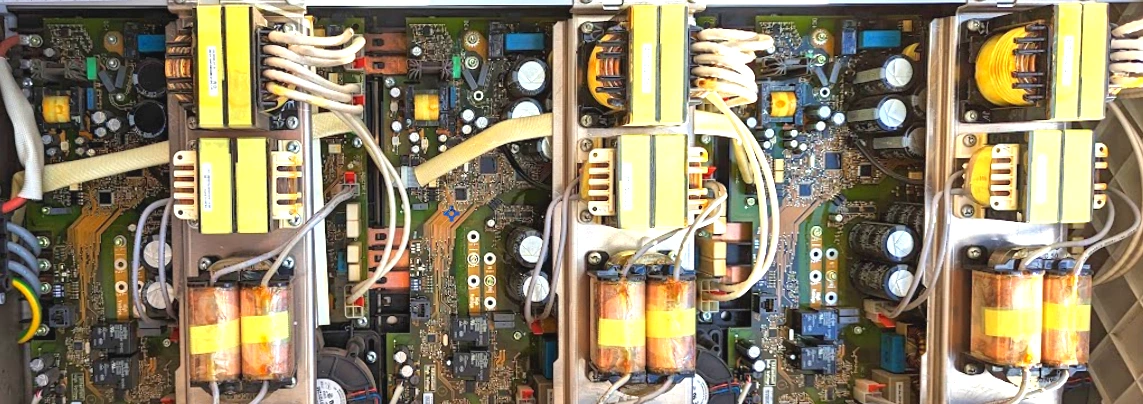

STATE 1173
ArcContinuousFault - Continuous arc fault detected
An electric arc has been identified on the PV system, and the maximum number of automatic connections within 24 hours has been reached.
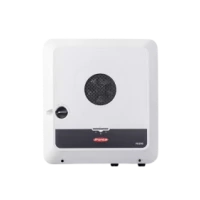
gen24primo
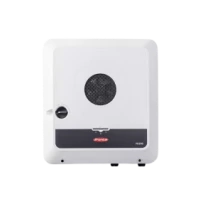
gen24symo
Expected Behaviors
- The inverter is displaying a STATE 1173 message with a red or amber LED and is not currently operating. Due to the nature of the error and potential safety concerns, the inverter enters standby mode and requires user intervention before it can restart.
State Class
A state class is a generalized description of errors, catagorized by the number the STATE code starts with.
These errors are primarily related to grid parameters and external environmental conditions. The inverter's typical response is to stop generating power to comply with grid regulations, continuously monitor the grid, and automatically restart once conditions return to normal. No internal fault is usually indicated, it's more about protection and regulatory compliance. Persistent issues may require having a professional inspect the site wiring or grid quality. In a normally operating inverter, these errors typically refer to an issue the system detected externally, but in some cases may have been caused by an internal component failure.
- While many arc fault detections are false positives, a true arc fault represents a potentially hazardous condition and should be addressed by a qualified professional before attempting to restart the inverter.
Tips for Qualified Persons
The following procedures involve safety risks and potential for equipment damage. They are intended only for qualified personnel trained to identify and avoid the hazards that exist, and possess the appropriate PPE. These are general tips to aid professionals in troubleshooting, not instructions or directives to perform them.
We assume no liability for injury or damage resulting from their use.
- The arc fault detection system specifically monitors for **series arcs** in the DC circuits. Perform the following inspections:
- Check all DC connectors, especially site-made MC4 connections, for proper termination and signs of wear or arcing.
- Ensure all fuses and disconnects are properly closed and seated.
- Verify torque on all DC terminal points; re-terminate any connections that appear corroded or loose.
- Inspect internal module conductors and bypass diodes for damage or degradation.
- Once the array and DC wiring components have been inspected by a professional and any causes resolved, the ArcContinuousFault must be confirmed to return the inverter to operation. To do so, press the sensor on the inverter for 3 seconds (max. 6 seconds) and release. Alternatively, in the start.app in System > Event Log, confirm the status 1173 - ArcContinuousFault, or confirm in the Notifications in the user menu.
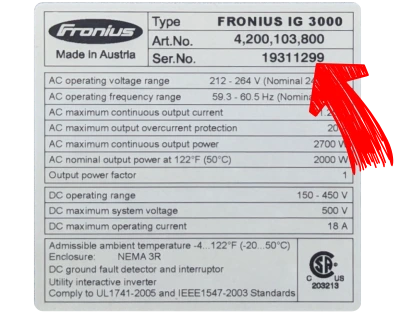
Fronius inverters in the U.S. typically come with a standard 10-year warranty. Starting in 2024, registering the inverter on the Fronius Solar.web website (the Fronius solar monitoring platform), extended the warranty by an additional 2 years, totaling 12 years of coverage, and updates the warranty start date to the actual installation date. Fronius has also offered warranty extensions of up to 20 years.
The inverter label, typically located on the bottom of the unit, lists the device serial number. To check if your inverter is still covered, call Fronius Technical Support at 1-877-Fro-nius (1-877-376-6487)
Founded in 1945 by Günter Fronius in Pettenbach, Austria, Fronius began as a repair shop for radios and electrical equipment. Recognizing the need for efficient battery charging, Günter developed a device to recharge car batteries, marking the company's first foray into energy solutions.
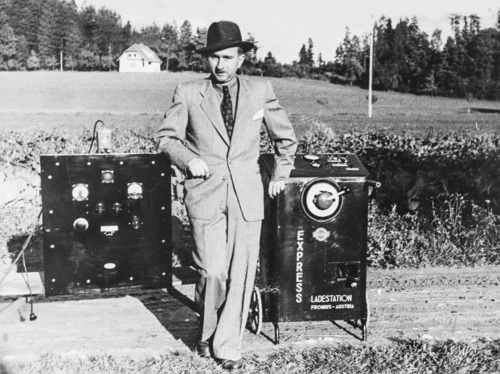
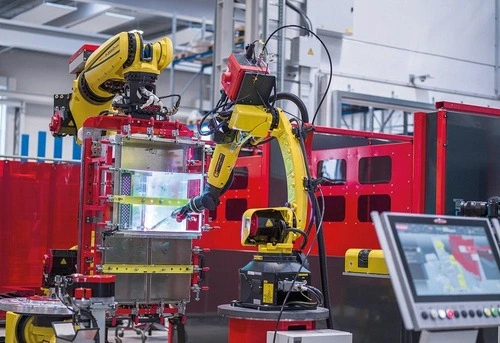
The best point of contact is your original installer
If the orginal installer is no longer available, contact a local Fronius Service Provider in your area.
Fronius Technical Support can also be reached at 1-877-Fro-nius (1-877-376-6487)
DENVER RESIDENTS: Is your system located in the Denver, CO metro area? CONTACT US
